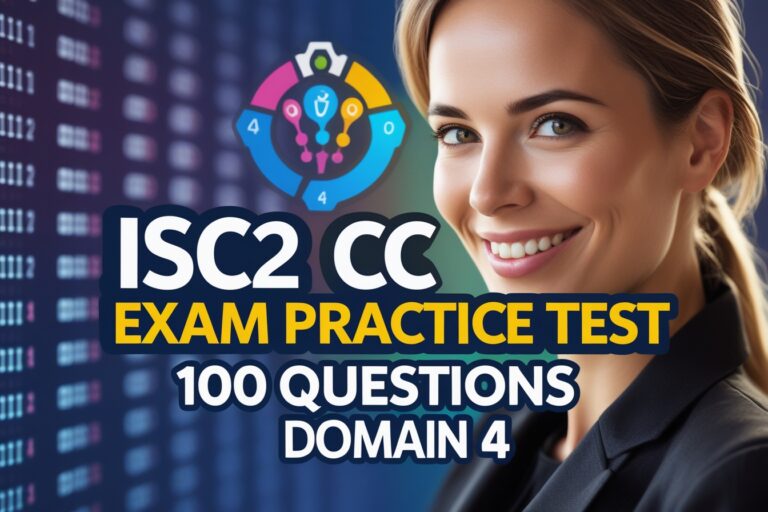1) Tracking employee training, skills, and performance appraisals is an example of a human resource information system operating at the
A. Operational level
B. Management level
C. Knowledge level
D. Strategic level
2) ……… is a field of science and technology-based on disciplines such as computer science, biology, psychology, linguistics, mathematics and engineering.
A. Natural intelligence
B. Artificial intelligence
C. Articulate intelligence
D. None of the above
3) Strategic stretch involves
A. The fit between the organization and itself.
B. Creating new opportunities by stretching and exploiting capabilities in new ways
C. The skills of the senior management
D. Utilizing all the resources of the organization to its full capacity.
4) The quality of your ………. is a large part of the quality of your information system.
A. computer
B. thinking
C. time
D. challenges
5) …….. is the capacity to continue as if nothing has happened, even after a major component failure.
A. redundancy
B. inter operatically
C. fault tolerance
D. back up
6) System evaluation is carried out
A. after the system has been operational for a reasonable time
B. during system implementation
C. whenever managers of user organization want it
D. whenever operational staff want it
7) Projections and responses to queries are information output characteristics associated with a(n)
A. DSS
B. MIS
C. ESS
D. TPS
8) The expert system uses a(n) …….. to select the most appropriate response.
A. inference engine
B. decision support system
C. knowledge base
D. data source
9) An example of information to support operational Management is
A. Business intelligent system
B. Electronic document management system
C. Spreadsheet model of income projection
D. None of the above
10) Enterprise systems support
A. Manufacturing processes
B. Financial and accounting processes
C. Human resource processes
D. All of the above
11) Deciding where to locate new production facilities is a(n) example of a manufacturing and production information system operating at the
A. operational level
B. management level
C. knowledge level
D. strategic level
12) A computer security protocol for logging in would be an example of the ……… component.
A. software
B. hardware
C. data
D. procedure
13) Which of the following is not a characteristic of good information?
A. Interchangeability
B. Relevance
C. Cost-effectiveness
D. Timeliness
14) Which category of computer-based information systems are concerned with supporting the functional areas of an organization?
A. Office automation systems
B. Expert systems
C. Strategic information systems
D. Business information systems
15) Batch processing is preferred over on-line transaction processing when
i) processing efficiency is important
ii) the volume of data to be processed is large
iii) only periodic processing is needed
iv) a large number of queries are to be processes
A. i and ii
B. i and iii
C. ii and iii
D. i, ii and iii
16) Information has three dimensions, there are
A. Time, consent and form
B. Time, content and form
C. Cost, content and form
D. Time, content and value
17) A hotel reservation system would be classified as a(n)
A. transaction-level system
B. management level system
C. operational level system
D. strategic level system
18) A human order taker can be bypassed when using a(n) …….
A. Office automation system
B. Management information system
C. Transaction processing system
D. Decision support system
19) Another name of goal-seeking analysis is ..
A. How to
B. How can
C. Why not
D. What’s up
20) DSS in a supply chain helps managers in taking decisions of
A. strategic level
B. tactical level
C. operational level
D. both strategic, tactical and operational level
Answers
1) A. Operational level
2) B. Artificial intelligence
3) B. Creating new opportunities by stretching and exploiting capabilities in new ways
4) B. thinking
5) C. fault tolerance
6) A. after the system has been operational for a reasonable time
7) C. ESS
8) A. inference engine
9) B. Electronic document management system
10) D. All of the above
11) D. strategic level
12) D. procedure
13) A. Interchangeability
14) D. Business information systems
15) D. i, ii and iii
16) B. Time, content and form
17) A. transaction-level system
18) C. Transaction processing system
19) B. How can
20) D. both strategic, tactical and operational level






